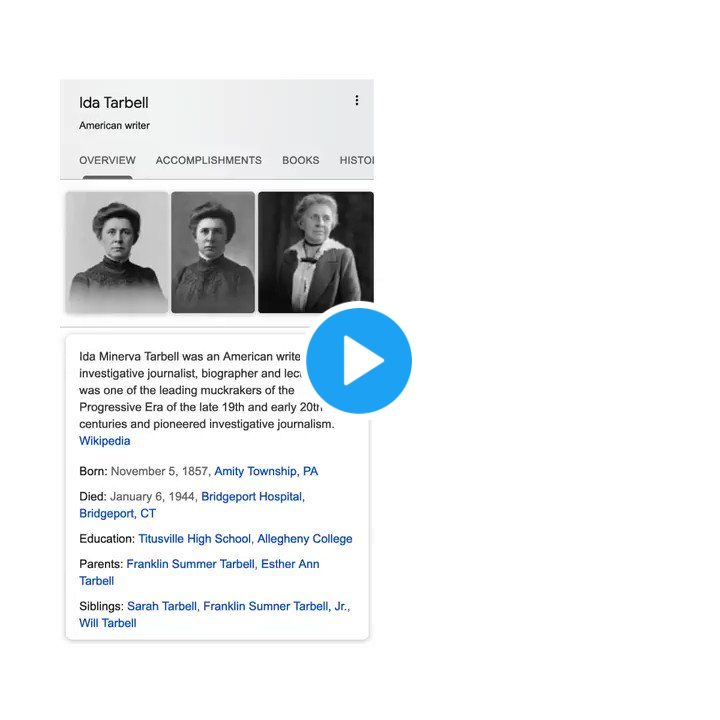Lily sippin' and the web assay.
Marguerite sips a lily. My friend Marguerite, who I’ve known since the second grade, made a startling discovery recently that crossed my instagram path. She up and decided to drink the nectar and dew collected in a Lily.
And it worked out. She didn’t die, and apparently it tasted heavenly.
She also captured these amazing photos.

I think because Lilies are generally toxic to dogs, I was under the false impression that their nectar would be bad for people too, so I was glad that Marguerite didn’t die or even puff up. And of course, she had done some research ahead of the experiment. I was captivated by this whole situation so I asked her if she could share some more of a description about the taste.

M: “What I found fascinating was how even the pistil that was upright had the drip. I also discovered that the nectar from the stigma on both lily varieties was bitter but from the petals only the nectar from one type tasted so delicious”
Me: “What is the good taste like, can you describe it?”
M: “That’s tough. Like it smells. Delicate but rich. Sweet and floral like St. Germain. But such a pure, clean taste. Layers of floral notes like a wine or honey. Special for sure!”

Thanks Marguerite!
The Web Assay. Leon Yin and Adrianne Jeffries recently published a deep and satisfying study of the state of Google Search Results. The study shows what olds probably already know but haven’t seen proven out in data: that a company that once famously flew the banner of “organizing the world’s information” and directed Searchers to far-flung hard to find web pages today to a large extent directs Searchers to Google content and properties.
Yin and Jeffries found that a whole 41% of the first page of Google Search results now point to, essentially, bits of Google itself. This is a massive disconnect from how most people probably still think of the “Search engine” part of Google. The way they present the findings within the article is also the kind of interface doodad that actually serves the reader’s understanding of the material rather than just showing off cool tricks. It’s worth a deep perusal.
But the banana I wanted to call out is really the tool Yin and Jeffries developed for the analysis. They call it “Web Assay”:
It’s a whole thread if you click through to the tweet, with gifs and breakdowns of the taxonomy. It brilliantly uses techniques from cellular biology to “stain” different elements of search results different colors, so you can really get a breakdown of what you’re looking at, quickly, simply, and visually.
What baseball looks like right now. I saw this cross my timeline and for a while couldn’t get it out of my head. There’s so much to what’s going on here. This pandemic is doubtlessly going to transform cultures and rituals in numerous ways, and that’s not in itself any cause for concern. This is how culture changes and evolves, all the time, in big and small ways. You can’t be too sentimental for things “as they were” in some previous point in time as far as this stuff goes.
But in the meantime everyone’s just sorta doing the best they can trying to figure what’s in front of them out in real time. This joyful but perhaps a bit anemic(?) contactless victory celebration is the kind of thing that you might stare inscrutably at if you saw some remote tribespeople doing it in an ethnography video as part of a coming of age ceremony. I’m not sure the MLB season will last anywhere near as long as planned, or that what’s in this gif will become a thing, but things sure are strange and dynamic right now.
Bonus bananas:
I’m not sure what was up with the growth patterns these days. I found banana after banana last week and had a really hard time winnowing the bunch. So here are a few bonii:
This story-based research technique and accompanying workbook struck me as really really useful for the advertising, comms, brand, and pr world of which I used to be a part. It’s so hard to communicate to stakeholders about this kind of stuff in typical deliverables. Any time you want to capture what a good sized number of people subjectively experience as they try to do something, you could benefit from this approach.
There are recursive lakes and islands including “Islands in lakes on islands in lakes on islands.”
Women artists played a far greater role in Parliament Funkadelic than they get credit for historically, and Phillipina Bishop rarely gets the writing credit she deserves for the track “Booty Snatchers”. DJ Soul Sister from WWOZ breaks it down in this thread.
There are more, but I think they’ll keep for a while longer.
These are all the bananas fit to share this week. You can hit “reply” and it’ll go only to me. Thank you.




